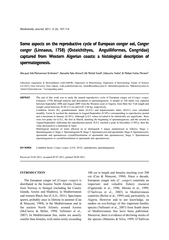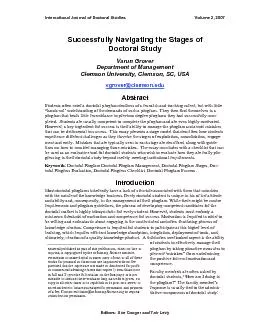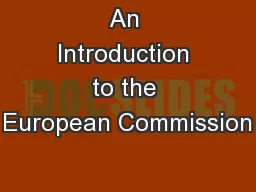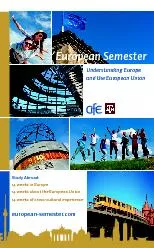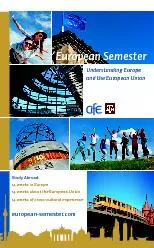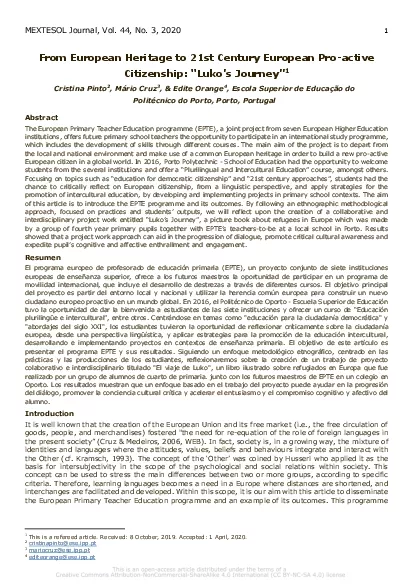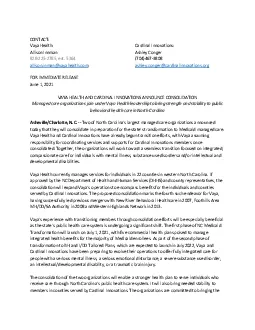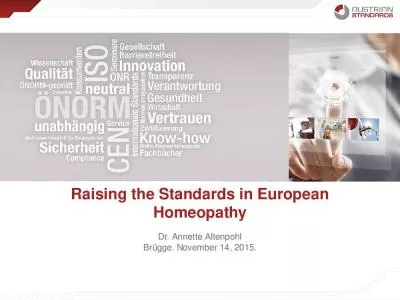PDF-INTRODUCTION The European conger eel Conger conger i
Author : tawny-fly | Published Date : 2015-05-20
AO 2011 Specimens spawn probably once in lifetime in summer Cau Manconi 1984 in the Mediterranean and in the eastern North Atlantic around Azores McCleave Miller
Presentation Embed Code
Download Presentation
Download Presentation The PPT/PDF document "INTRODUCTION The European conger eel Co..." is the property of its rightful owner. Permission is granted to download and print the materials on this website for personal, non-commercial use only, and to display it on your personal computer provided you do not modify the materials and that you retain all copyright notices contained in the materials. By downloading content from our website, you accept the terms of this agreement.
INTRODUCTION The European conger eel Conger conger i: Transcript
Download Rules Of Document
"INTRODUCTION The European conger eel Conger conger i"The content belongs to its owner. You may download and print it for personal use, without modification, and keep all copyright notices. By downloading, you agree to these terms.
Related Documents

